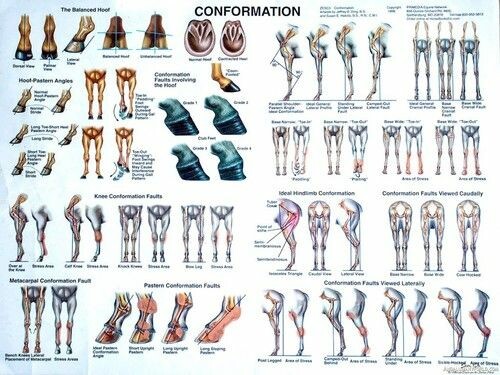
Conformation is simply the way a horse is put together. This plays a role in the way a horse moves, how they perform, and how injury-prone a horse can be.
Overall, when we assess conformation, we are looking for good proportions- all of the horse's parts fit well together and none seem too big or too small for the rest of the animal.
Conformation faults are structural problems or unproportioned areas. Conformation faults are not always genetic and they don't have to be permanent! Depending on the fault, there are ways to work with them or even eliminate them. Some disciplines actually look for certain faults because the professionals in those disciplines feel that they actually help the horse to perform better.
Here's where things get more interesting- we can't make good assessments of conformation when horses are too young because they aren't born well proportioned at all- they tend to be all legs 😍 And even when their joints naturally fuse as they stop growing, we can make a better assessment of conformation, but it isn't the end of the world when we spot faults in most horses. Conformation of a horse will change throughout its life- so if you know why these changes are happening we can intervene and make sure that our horses' shape and functionality actually support whatever their daily activity and favorite disciplines are.
Some common conformation faults that (usually) cannot be changed are:
- Over at the knee
- Back at the knee
- Base Wide
- Base Narrow
- Knock Kneed
- Bow Legged
- Cow Hocked
- Bow Hocked
- Sickle Hocked
- Straight Behind (Posty)
- Sway Back
- Ewe Neck
- Camped Out
- Camped Under
- Pigeon Toed
- Toed Out
If you want to learn more about how to improve some faults that your horse has or what jobs your horse may be more suited for according to his conformation, jump on over to my Free Facebook Group!
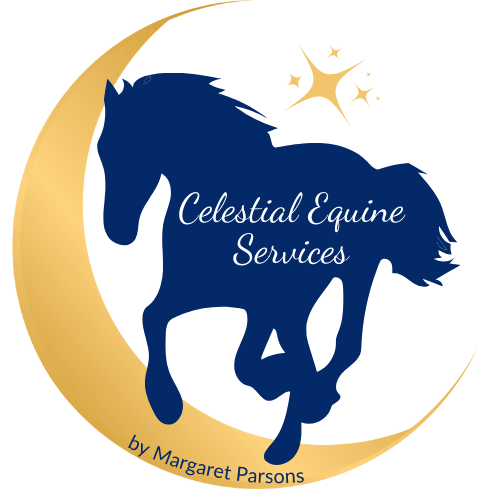

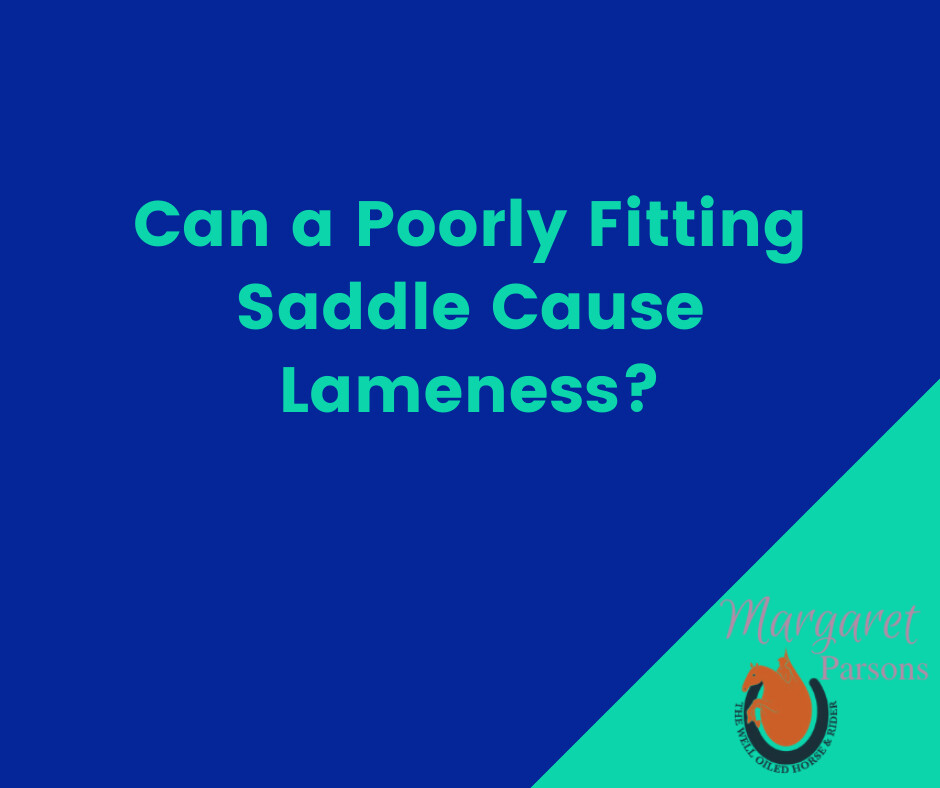

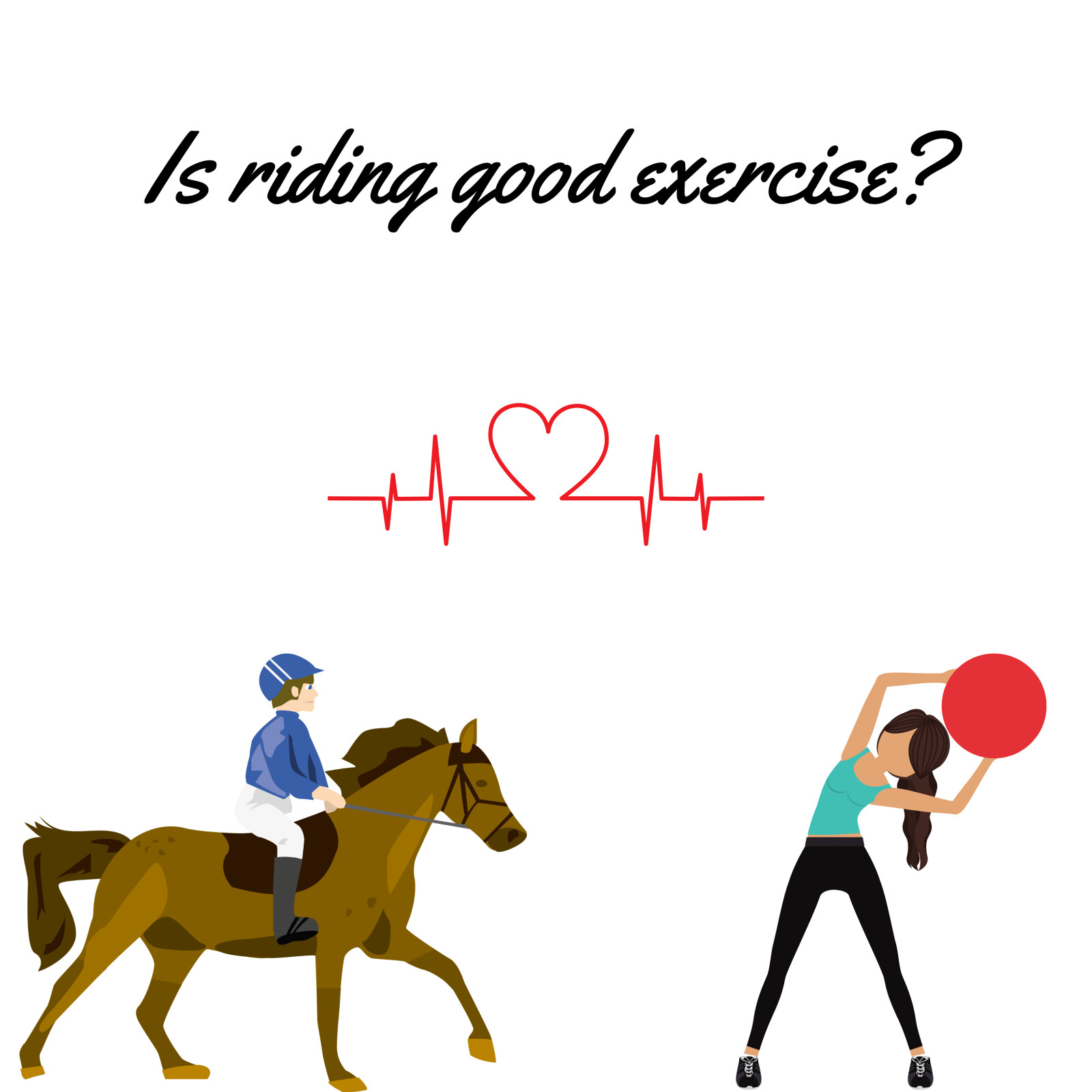
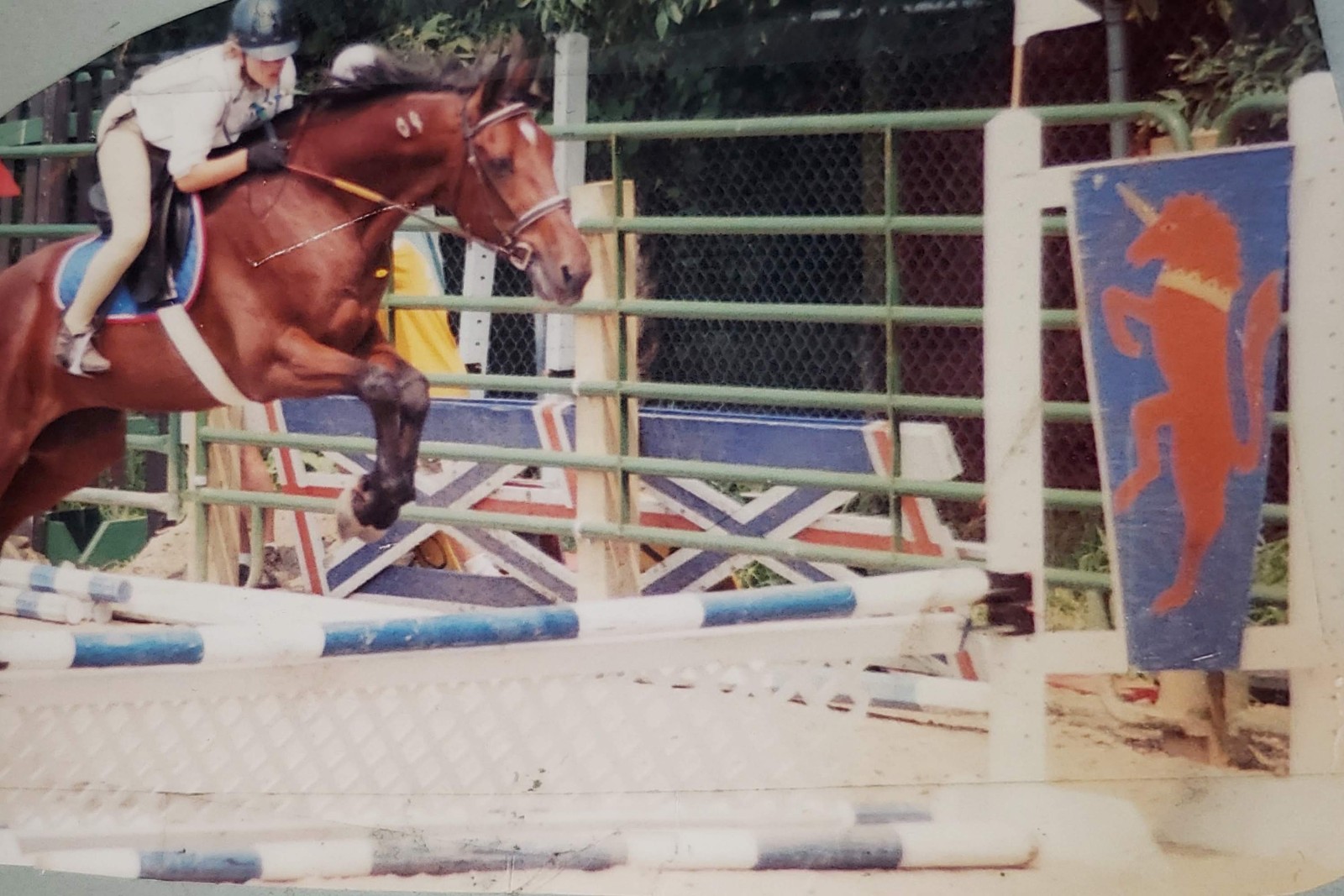



0 Comments